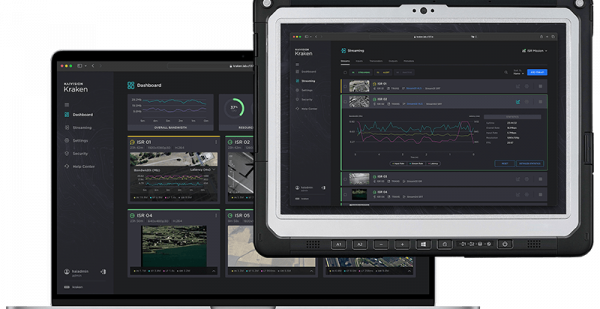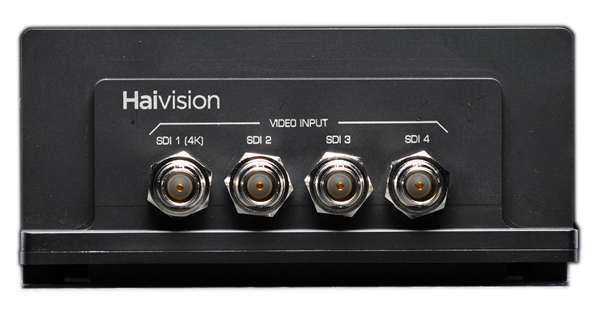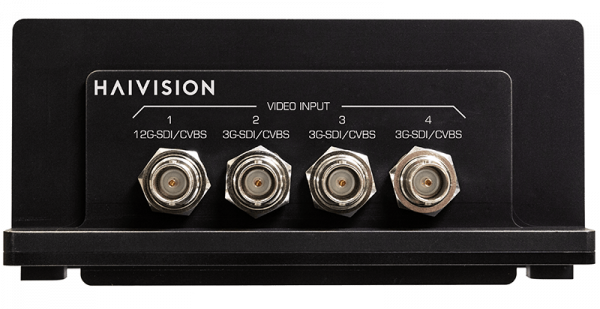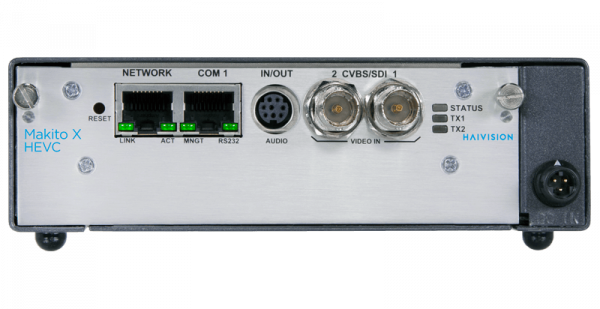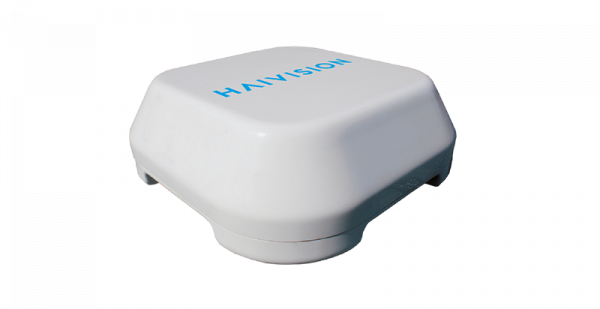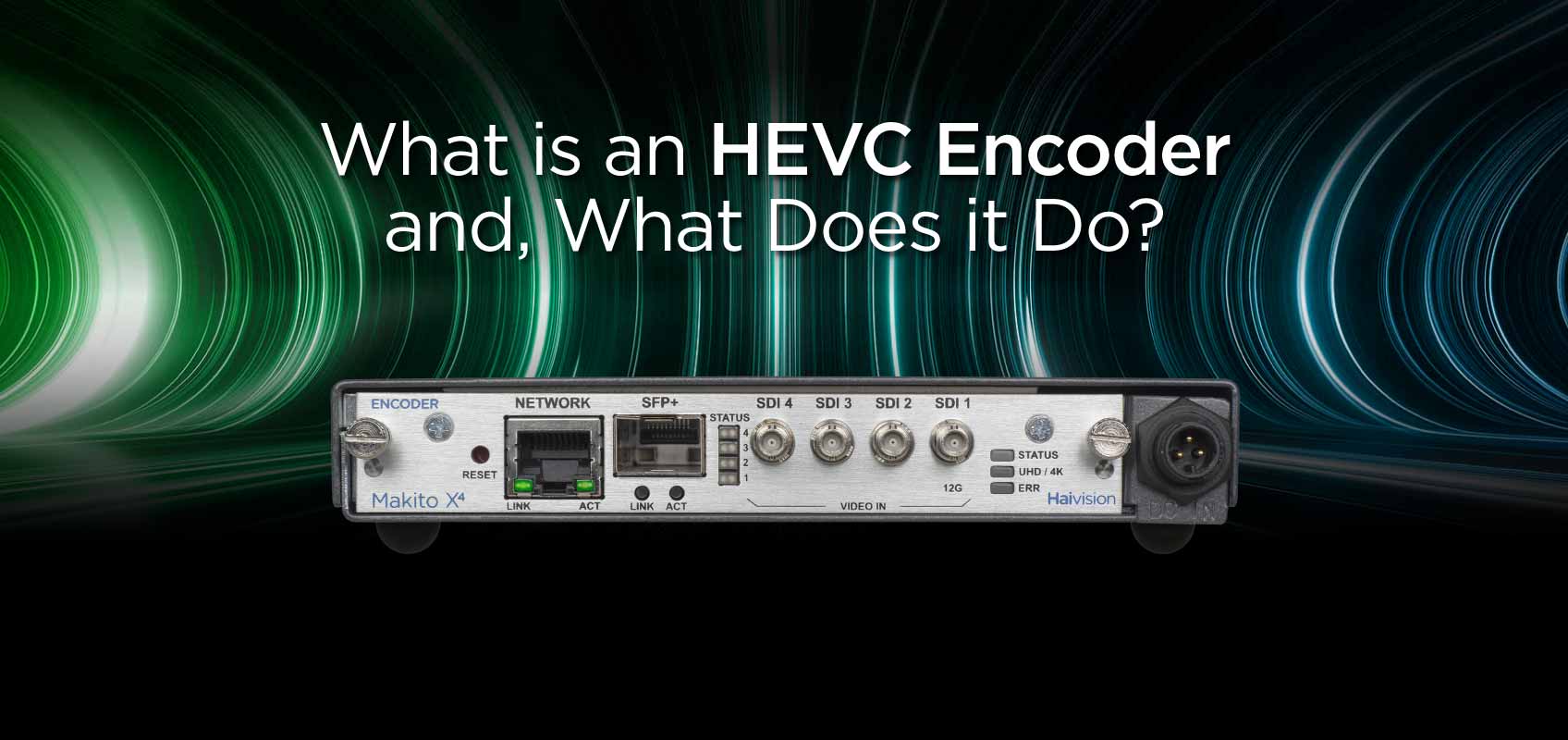In this post, we’ll give you a high-level overview of what HEVC/H.265 is and explain when you need a hardware version of an HEVC video encoder. Let’s get started with the basics.
What is HEVC?
HEVC or H.265 is a video compression codec. Its precursor, AVC or H.264 was the most widely used codec for a long time but, since its release in 2003, resolutions have increased considerably, so it’s now generally considered to be an aging compression scheme. The move towards 4K resolutions has necessitated a new level of compression efficiency. Enter H.265, more commonly referred to as HEVC, High Efficiency Video Encoding.
Watch Ghislain Collette, our Vice President of Product Management explain more about HEVC: https://www.youtube.com/watch?v=SVwPQd8Hx0s
Perfect for 4K
Building on the concepts behind H.264, its successor, H.265 or HEVC is fast becoming ubiquitous, thanks to the proliferation of 4K content. At an identical level of visual quality, HEVC enables massively improved compression allowing video to be compressed at half the bitrate of H.264, making it twice as efficient. When compressed to the same bitrate as H.264, HEVC delivers significantly better visual quality. This is particularly important for 4K video, which takes up a huge amount of space with H.264. HEVC makes 4K video much easier to download and stream in the best quality possible.
From a computational power perspective, HEVC is more demanding but takes a more intelligent approach to encoding video. It looks for spatial repetition within frames and seeks out opportunities to not have to send the same information over a series of frames. Instead of sending every single image in a sequence, it can send the first full-frame, and if there are repetitions within spaces in that frame, they don’t need to be sent again, lowering the total size of the file being sent. Essentially, by increasing the level of complexity of how you estimate motion, spatial resolutions, and other information that can be repeated without having to send that information with every frame.
Why Do I Need a Hardware Encoder?
The answer is simply that it really depends on what you’re looking to achieve. The average video streamer using a live streaming service can often get away with using software encoding. However, for professional applications, hardware encoders are turnkey devices dedicated solely to the fast, efficient, and reliable encoding of video streams. Hardware encoders have far superior processing power, use high-quality video inputs like SDI and HDMI, and will allow users to stream higher quality video at lower bandwidth rates with lower latency. Example use cases of HEVC encoders by industry include:
Broadcast – for backhaul, live remote interviews, return feeds, and remote production
Enterprise – for internet streaming of your all-hands meetings, remote contribution as well as IPTV and digital signage
Defense – for mission-critical Intelligence, Surveillance, and Reconnaissance (ISR) applications
Next-Generation Video Encoding
Built on the heritage of Haivision’s award-winning Makito series of video encoders, the next-generation Makito X4 video encoder adds 4K UHD and high-density HD broadcast capabilities to Haivision’s Makito X product line. Packed with the latest technologies to ensure secure, low-latency, broadcast-quality video, the Makito X4 HEVC/H.265, and AVC/H.264 encoder is extremely powerful and highly versatile. Designed for the most demanding real-time applications, it can securely deliver simultaneous multi-bitrate streams over any IP network, including the public internet.
Optimizing Streaming Performance With SRT
One of the tools that broadcasters and enterprise video pros alike are using in their workflows to increase quality and lower bandwidth is Secure Reliable Transport (SRT). SRT is an open-source video transport protocol that provides end-to-end security and optimizes streaming performance even in a situation where you might be streaming over an unpredictable or unknown network. Despite clever compression tools like HEVC/H.265, unreliable networks can increase video latency, and cause jitter and packet loss, lowering the quality of the video at the receiving end. Using SRT helps to mitigate these issues, ensuring the delivery of low latency, pristine quality video, no matter what the network.
Choosing the Right HEVC Video Encoder
Depending on your target use case, there are many factors to carefully consider when selecting the right HEVC video encoder. These include; security, reliability, flexibility, latency, picture quality, extensibility, scalability, portability and so much more.








